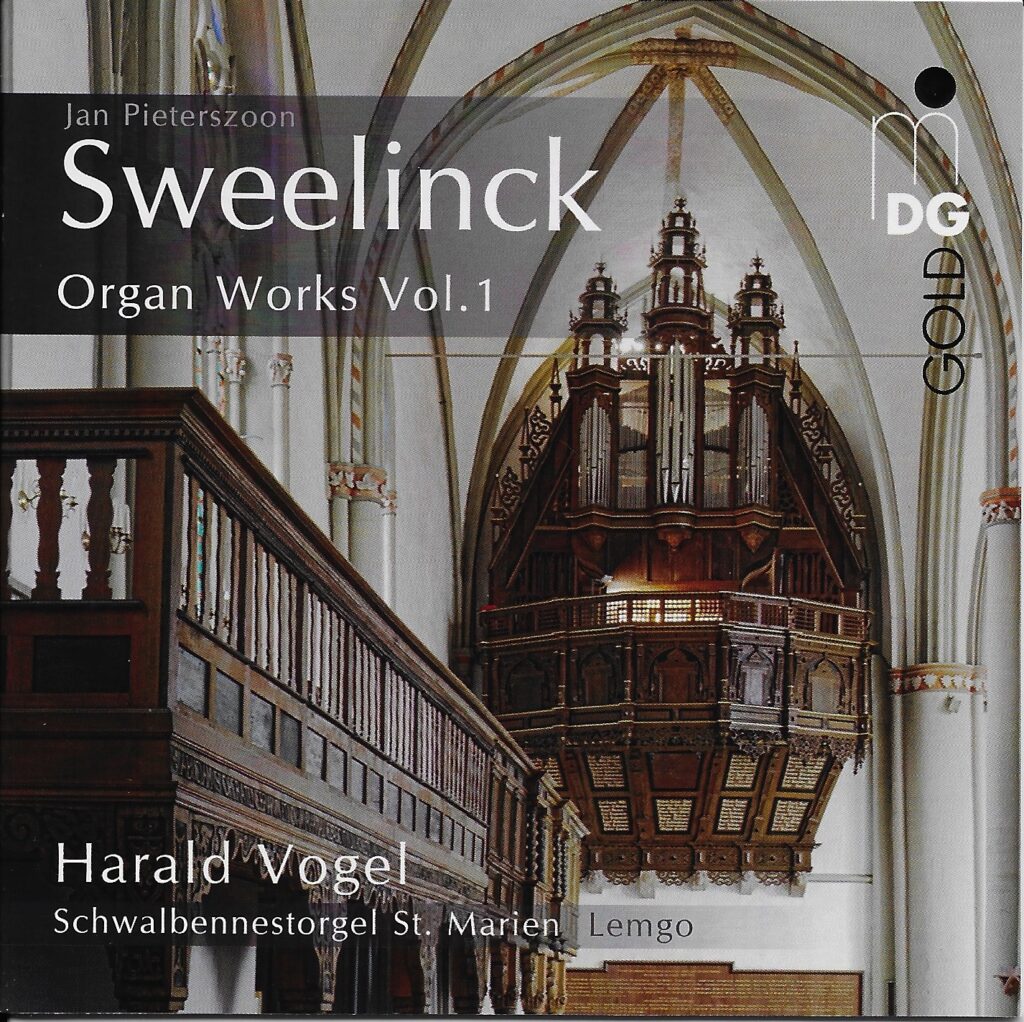On a keyboard, if you begin at C and traverse the circle of fifths until you reach another C (it takes 12 of them), the C that you reach is not the same pitch that you would reach if you started at C and went up seven octaves by doubling the frequency at each octave. Similarly, if you start at C and apply the 5:4 ratio of a major third twice, the C on which you land is not the same as the C you would get by applying the 2:1 octave ratio of the first C. In order to maintain true octaves on a keyboard, it is necessary to alter the amount of space between half steps in order to make octaves equal. That process is called temperament. There are numerous ways to do it. In equal temperament, in common use on pianos, each half step is equal.
In the seventeenth century, equal temperament was known, but was not common. One was much more likely to find an organ tuned in meantone at that time. Meantone tuning favors perfect thirds at the expense of slightly imperfect fifths. It brings the concept of “personality” to key signatures–a concept that is missing when all keys sound the same, as in equal temperament. The piece that sounds dull on an equally tempered organ can sound colorful, vibrant, and exciting on a meantone organ. Meantone organs are not common in the United States today. There are other unequal temperaments that are considered more flexible.
The Fritts Organ Company is working with an undisclosed client to build a large, new meantone organ in the United States. To prepare for this venture, Paul Fritts, Bruce Shull, and other associates embarked on a tour of meantone organs in The Netherlands and Germany–observing, listening, measuring, and taking notes. They also took pictures and made recordings, and Bruce Shull agreed to share his meantone travelogue with Tacoma AGO members as our November program.
Bruce began the program sitting at a harpsichord, changing the tuning as he talked, to demonstrate the sound of perfect fifths, imperfect fifths, perfect thirds, and imperfect thirds, highlighting the differences between Pythagorean tuning and meantone tuning. Using an illustrative slide as well, Bruce demonstrated that meantone tuning involves taking a small bit from each of the perfect fifths in order to produce 8 pure thirds.

Then, using a slide show and audio recordings, Bruce took us on a tour of organs in Holland and Germany. At many of the locations, a host organist gave a tour of the organ and played for the group. At others, one of the group members improvised in order to demonstrate the sound of the organ.

Bruce provided a handout for the group listing the organs discussed, and giving some history of construction and renovation over the years.
Bruce also provided recommendations of three recordings featuring organs that were on the tour for anyone interested in some follow-up listening.





